Irena Sendler – The Angel of the Warsaw Ghetto Who Saved 2,500 Jewish Children
Who is Irena Sendler? The Angel of the Warsaw Ghetto Who Saved 2,500 Jewish Children During one of history’s darkest times, when fear and cruelty overshadowed hope, one woman stood against the tide of hatred.
Irena Sendler, often called The Angel of the Warsaw Ghetto, was a Polish social worker who courageously saved over 2,500 Jewish children during the Holocaust. In this post, we uncover the extraordinary story of Irena Sendler and the Warsaw Ghetto, exploring her early life, wartime heroism, and lasting legacy.
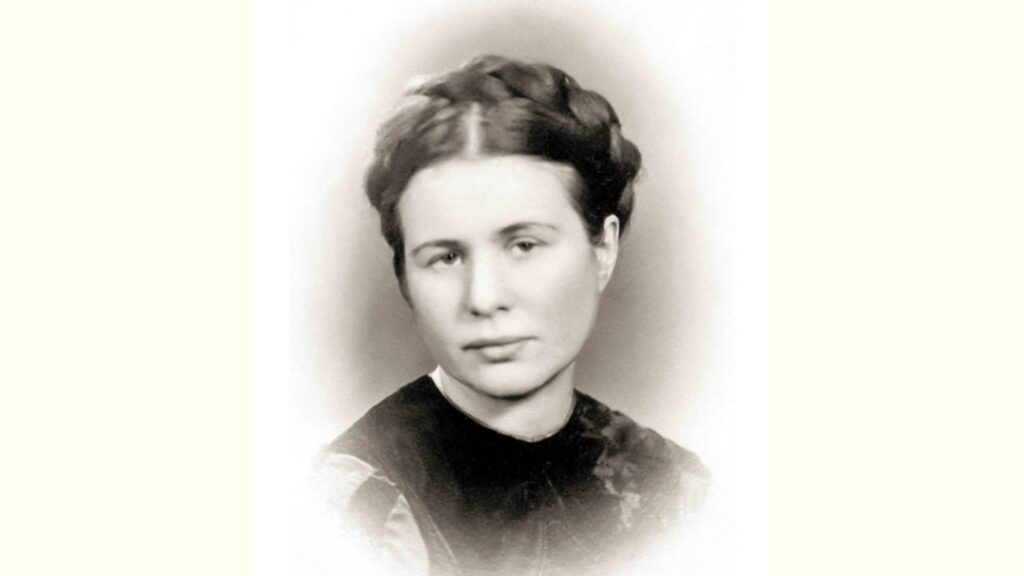
Early Life of Irena Sendler
Irena Stanisława Krzyżanowska was born on February 15, 1910, in Warsaw, Poland, to Dr. Stanisław Krzyżanowski and Janina. Her father, a respected doctor, was known for treating poor Jewish patients for free. He died of typhus when Irena was just seven, but his compassion left a lasting mark on her.
She went on to study Polish literature at the University of Warsaw, where she faced disciplinary action for opposing anti-Semitic segregation policies. Even as a student, she displayed moral courage and defied social norms that promoted hate.
Irena Sendler and the Warsaw Ghetto
When Nazi Germany occupied Poland during World War II, Irena became a social worker with Warsaw’s welfare department. She soon joined Żegota, the Polish underground Council to Aid Jews.
Under the guise of inspecting sanitary conditions, she gained access to the Warsaw Ghetto, where over 400,000 Jews were imprisoned. Moved by the suffering of children, she devised daring plans to smuggle them out — hidden in ambulances, suitcases, toolboxes, even beneath garbage carts.
To preserve their identities, she recorded their real names and family details on tissue paper or thin rolls, placing them in jars and burying them under a neighbor’s apple tree.
Arrest and Torture
In October 1943, Irena was arrested by the Gestapo. She was tortured brutally — her feet and legs were broken. Despite the agony, she never revealed any names or information. Sentenced to death, she was saved at the last moment when Żegota bribed a German guard.
Though she escaped execution, she had to live in hiding for the remainder of the war, continuing her resistance work quietly.
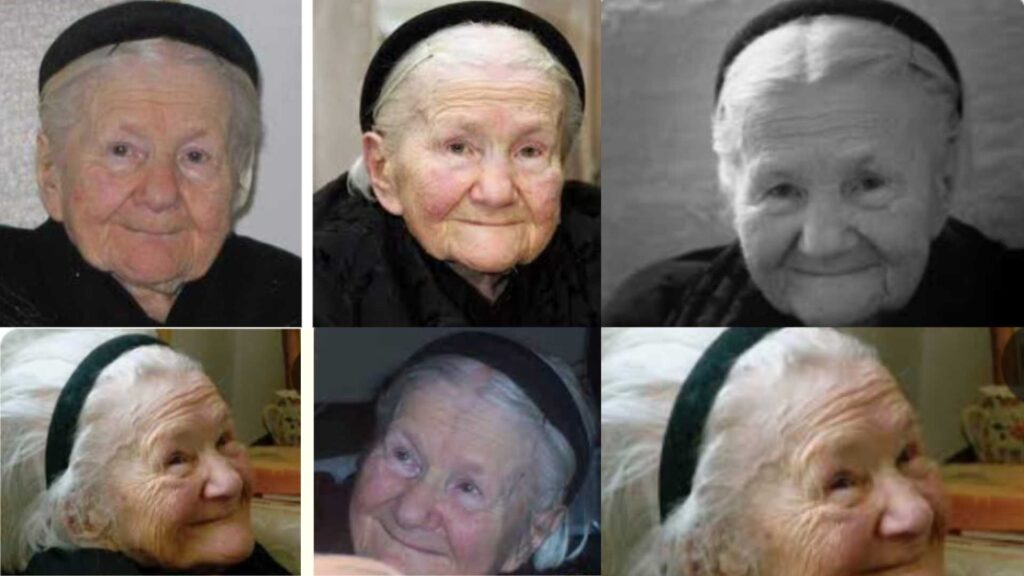
Life After the War
After the war, Irena tried to reunite rescued children with any surviving family members. Most had lost their entire families in concentration camps.
In post-war communist Poland, she faced political repression and was never publicly honored until decades later. Her heroic acts were nearly forgotten by history until a group of Kansas schoolgirls revived her story in the late 1990s through a project titled Life in a Jar.
Personal Life
Irena Sendler married twice. Her first marriage to Mieczysław Sendler ended in divorce. She later married Stefan Zgrzembski, a fellow activist, with whom she had three children. One of her children died at birth, but she raised the other two while working modest jobs in post-war Poland.
Despite being recognized globally later in life, she remained humble, often saying: “I was brought up to believe that a person must be rescued when drowning, regardless of religion or nationality.”
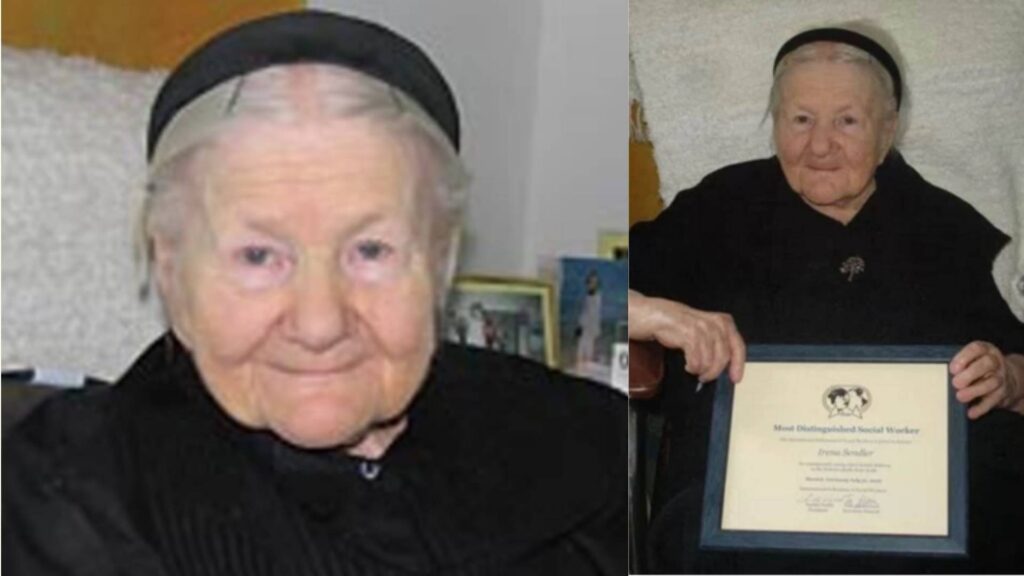
Awards and Legacy
- Righteous Among the Nations by Yad Vashem (1965)
- Order of the White Eagle, Poland’s highest honor
- Nobel Peace Prize nominee (2007)
- Memorials, schools, and hospitals named in her honor across the world
Her actions continue to inspire books, documentaries, and plays.
Death and Remembrance
Irena Sendler died on May 12, 2008, at the age of 98 in Warsaw. She was buried in the Powązki Cemetery. Her death marked the end of a life quietly devoted to others.
Today, Irena Sendler is not just a name in history, but a symbol of courage, compassion, and humanity.
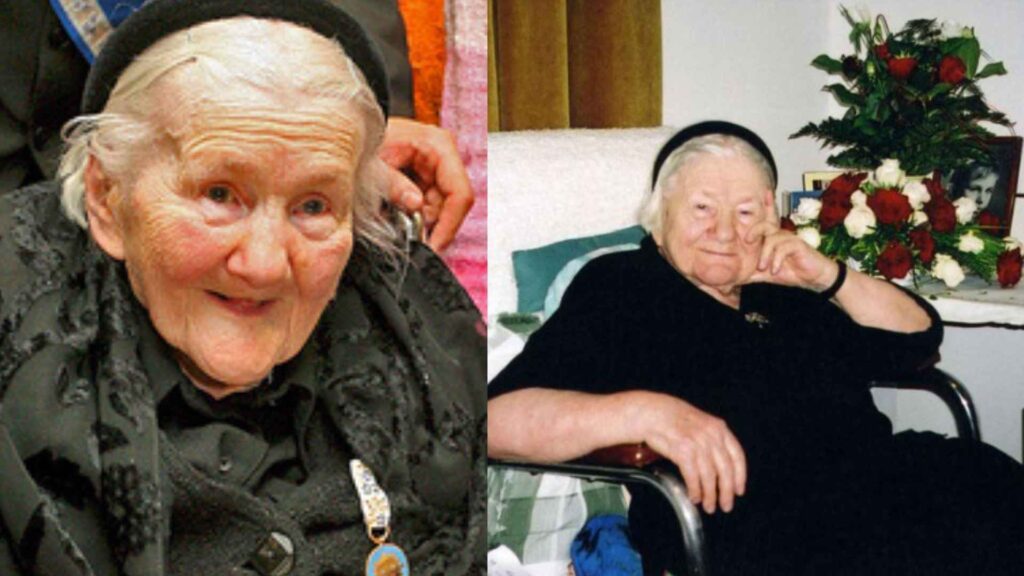
FAQs About Irena Sendler
Q1: How many children did Irena Sendler save?
A: She saved more than 2,500 Jewish children during the Holocaust.
Q2: What was the “Life in a Jar” project?
A: A theater project by American students that brought Irena’s story to global attention in the late 1990s.
Q3: Was Irena Sendler recognized in her lifetime?
A: Yes, but most recognition came in her later years and posthumously.
Q4: Why is she called the Angel of the Warsaw Ghetto?
A: Because she risked her life to save Jewish children from Nazi death camps.
Q5: Where can I learn more about Irena Sendler?
A: Visit Yad Vashem’s archives, watch the Life in a Jar documentary, or read biographies dedicated to her legacy.

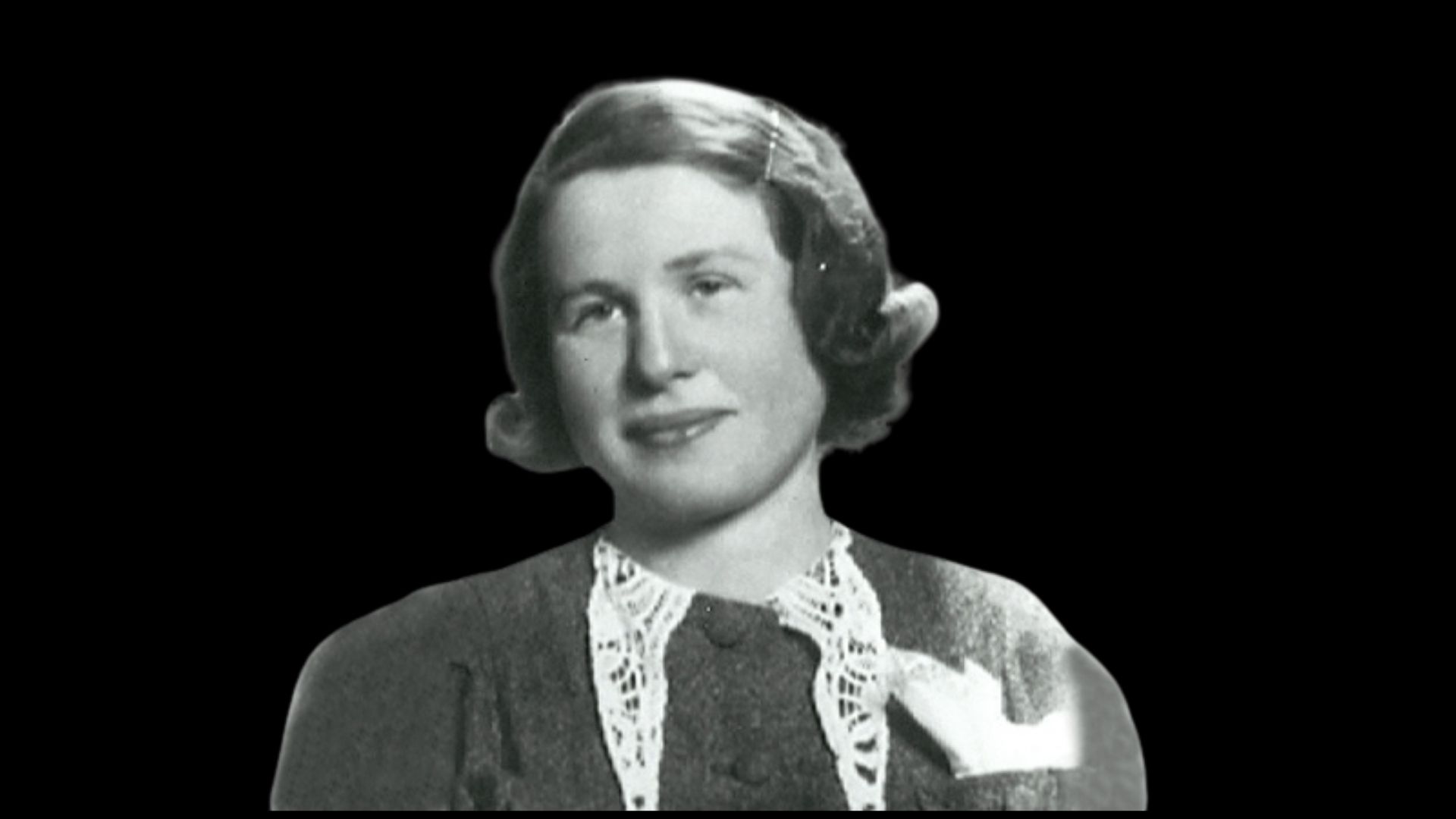



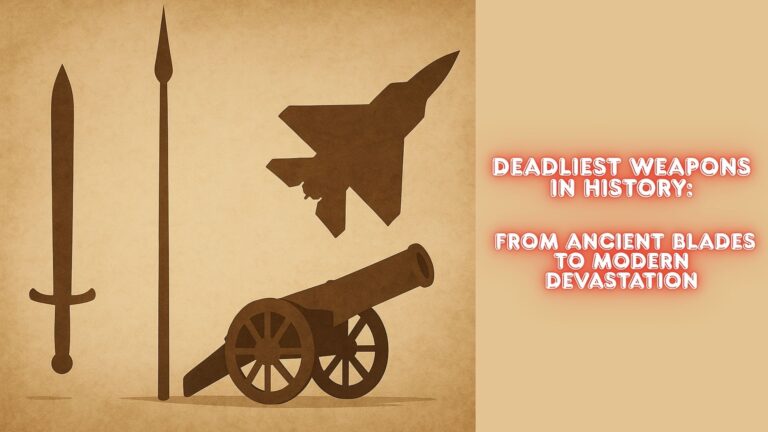


One Comment